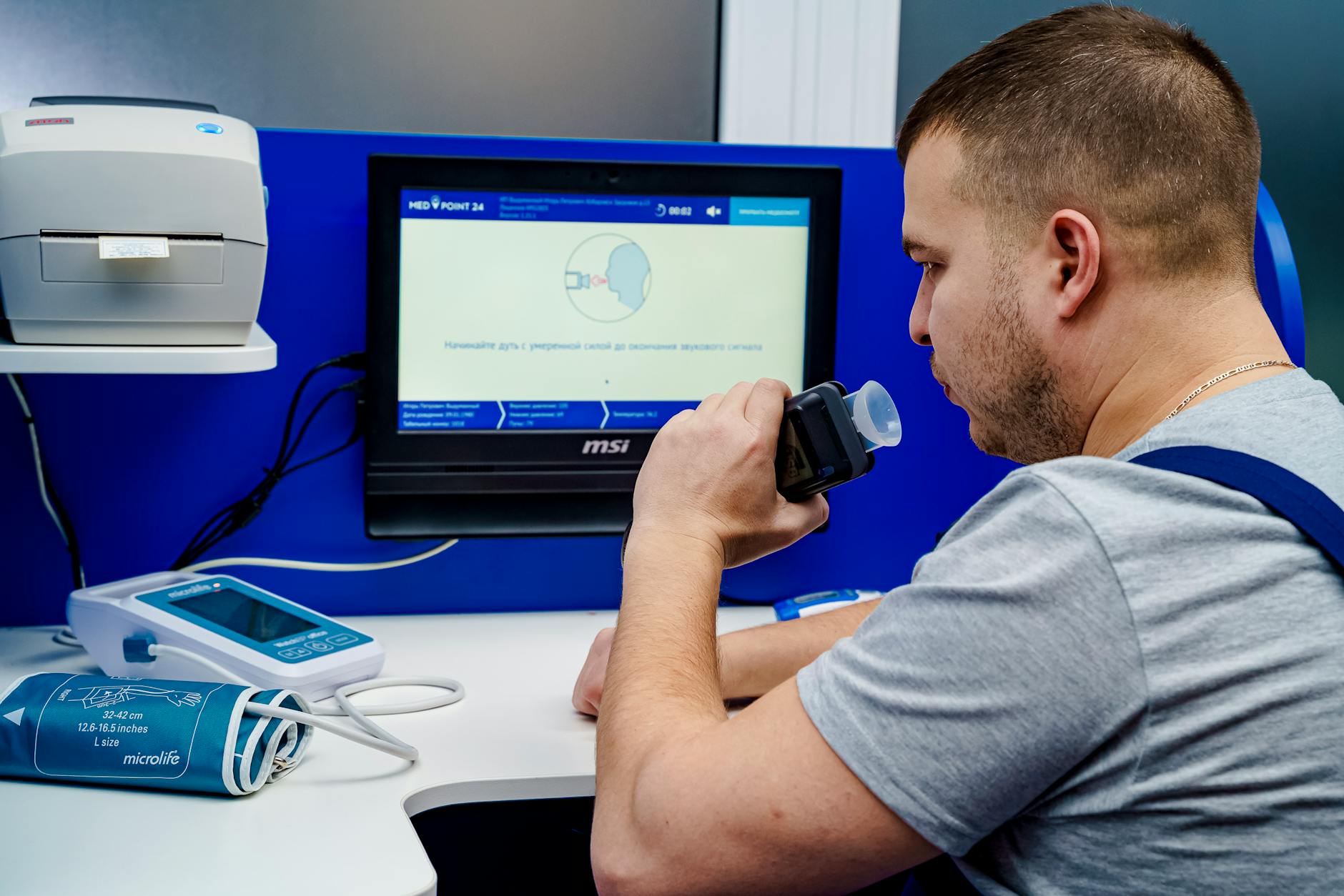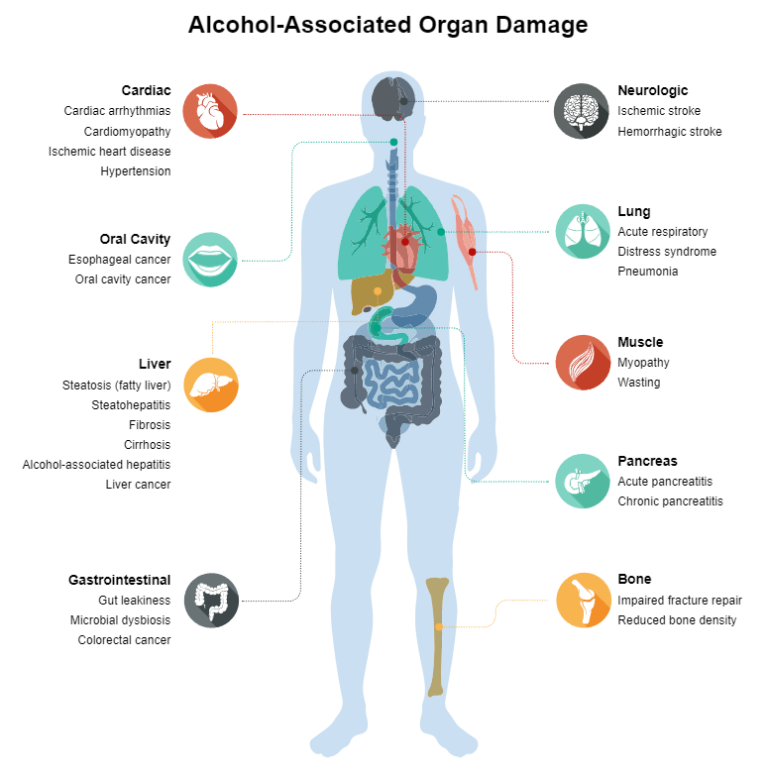Discover the fascinating science behind alcohol metabolism and uncover your personal tolerance level for a tipsy adventure!

Image courtesy of MedPoint 24 via Pexels
Table of Contents
Alcohol has been a part of human culture for thousands of years, and it remains one of the most widely consumed substances worldwide. Whether it’s a casual gathering with friends, a celebration, or simply winding down after a long day, many of us have wondered at some point: how many beers does it actually take to get drunk?
In this comprehensive blog post, we will dive deep into the intriguing question of alcohol intoxication and explore the complex factors that influence how many beers it takes to reach that state. From understanding alcohol metabolism to examining individual tolerance levels, get ready to uncover the science behind our favorite social lubricant.
Understanding Alcohol Metabolism
Before we can determine how many beers it takes to get drunk, we must first grasp the process by which our bodies metabolize alcohol. When we consume alcohol, it travels through our digestive system and reaches our bloodstream, where it begins to exert its effects.
Alcohol metabolism primarily occurs in the liver, where enzymes such as alcohol dehydrogenase (ADH) and aldehyde dehydrogenase (ALDH) break it down. ADH converts alcohol into acetaldehyde, a highly toxic substance, and ALDH further metabolizes acetaldehyde into harmless acetic acid.
However, the rate at which alcohol is metabolized can vary significantly among individuals due to genetic factors and other variables.
Factors Influencing Intoxication
One of the major factors that plays a crucial role in alcohol intoxication is body weight and composition. The more body mass a person has, the more alcohol they can generally tolerate. This is because a larger body has a higher volume of distribution, meaning the alcohol gets dispersed more, leading to lower blood alcohol concentration (BAC).
Additionally, individuals with higher muscle mass tend to have a higher metabolic rate, allowing them to metabolize alcohol more efficiently. Conversely, individuals with higher body fat percentages may experience slower alcohol metabolism, leading to a higher BAC and quicker intoxication.
Gender Differences
It’s a widely known fact that women generally tend to feel the effects of alcohol faster than men. This is primarily due to physiological differences, such as body composition and enzyme activity. Women tend to have lower levels of ADH, the enzyme responsible for breaking down alcohol, leading to a slower rate of alcohol metabolism.
Moreover, women typically have less water content in their bodies than men, which can result in a higher alcohol concentration in the bloodstream. Thus, women often require fewer beers to achieve the same level of intoxication as their male counterparts.
Rate of Consumption
Aside from individual factors, how quickly you consume alcohol also impacts intoxication levels. Downing several beers within a short period can cause a rapid spike in blood alcohol concentration, leading to a faster and more intense state of intoxication.
On the other hand, drinking slowly allows your body more time to metabolize and eliminate alcohol. This can help maintain a lower and more controllable BAC, reducing the risk of getting drunk quickly.
Food Consumption
It’s no secret that many of us have experienced the advice to “eat before drinking.” But does a full stomach really make a difference? Research suggests that it does.
Consuming food before or while drinking can slow down alcohol absorption in the gastrointestinal tract, effectively reducing the rate at which alcohol enters the bloodstream. This delay in alcohol absorption provides more time for the body to metabolize the alcohol consumed, preventing a rapid increase in BAC and intoxication levels.
Individual Tolerance Levels
While understanding the general factors that influence intoxication is important, it’s worth noting that each person’s tolerance to alcohol is unique. There are several significant factors that contribute to an individual’s tolerance level:

Image courtesy of www.ardurecoverycenter.com via Google Images
Genetic Factors
Genetics play a crucial role in determining how our bodies respond to alcohol. Variations in genes that encode for enzymes involved in alcohol metabolism, such as ADH and ALDH, can influence an individual’s ability to break down alcohol efficiently. Some individuals may have genetic variations that result in faster or slower alcohol metabolism, ultimately affecting their tolerance level.
Habituation
Like any substance, regular exposure to alcohol can lead to habituation and the development of tolerance. Individuals who regularly consume alcohol may experience an increased tolerance, requiring more beers to attain the same level of intoxication as someone who drinks less frequently.
Long-term Effects
It’s crucial to recognize that having a higher tolerance to alcohol doesn’t shield individuals from the potential dangers of excessive drinking. While some may pride themselves on their ability to consume large quantities without feeling drunk, it’s important to be mindful of the long-term impacts of high alcohol tolerance, such as increased risk for alcohol-related health conditions.
Conclusion
Unraveling the science of how many beers it takes to get drunk can help us make more informed decisions when it comes to alcohol consumption By understanding factors such as alcohol metabolism, individual tolerance levels, and external influences like body weight and rate of consumption, we can better gauge our limits and promote responsible drinking habits.
While it can be fun to explore the question of how many beers it takes to reach a state of intoxication, it’s crucial to prioritize personal safety and well-being. Remember, alcohol affects everyone differently, so always drink in moderation and be attentive to your own limits. Cheers to an enjoyable, informed, and responsible evening of drinking!
Frequently Asked Questions
Question 1:
Does alcohol tolerance increase with age?
Answer 1:
Alcohol tolerance can vary among individuals and may increase with regular and prolonged alcohol consumption. However, it’s important to note that age alone is not a determining factor in alcohol tolerance. Genetic factors, overall health, and habits regarding alcohol consumption play a more significant role 2:
What happens when alcohol is metabolized?
Answer 2:
During alcohol metabolism, enzymes in the liver break it down into acetaldehyde, a toxic substance, which is then further metabolized into acetic acid. Acetic acid is harmless and can be used for energy. However, excessive alcohol consumption can overwhelm the liver’s ability to metabolize alcohol efficiently, leading to various negative effects on the body.
Question 3:
How long does it take for alcohol to leave the body?
Answer 3:
The rate at which alcohol is eliminated from the body can vary depending on several factors, such as gender, body weight, metabolism, and the amount of alcohol consumed. On average, it takes about one hour for the body to metabolize one standard drink. However, it’s important to remember that individual variations can significantly impact this timeframe.
Question 4:
Can a person’s alcohol tolerance change over time?
Answer 4:
Yes, a person’s alcohol tolerance can change. Long-term alcohol consumption can lead to habituation, causing the body to develop tolerance. This means that higher amounts of alcohol may be required to achieve the same level of intoxication. Conversely, decreased alcohol consumption or extended periods of abstinence can decrease tolerance levels.
Leave a Reply